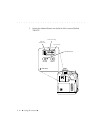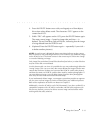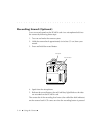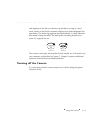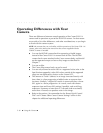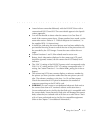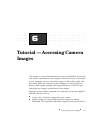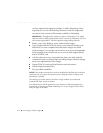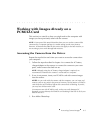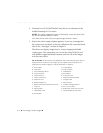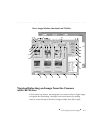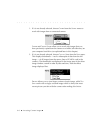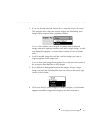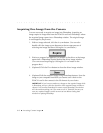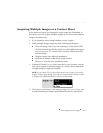
. . . . . . . . . . . . . . . . . . . . . . . . . . . . .
6-2 Accessing Camera Images
card are opened into separate windows in Adobe Photoshop. Once
acquired you can use all Photoshop features to edit the images and
save them in the variety of file formats available in Photoshop.
IMPORTANT: Throughout this chapter we refer to “Photoshop.” This single
reference refers to both the Macintosh and PC versions of Photoshop 4.0, and
also to other supported PC TWAIN-compliant image-editing software.
Rotate, crop, color balance, name, and annotate images.
Copy images from the PCMCIA card in your camera to folders (sub-
directories) on your computer hard disk; these images are called
archive images. You can then use the driver to access and manipulate
archive images from a folder just as you can do with images directly
from a PCMCIA card.
Use the software to view unrecorded test shots you make with the
connected camera, and then begin recording images when all settings
meet your requirements for the image.
Format PCMCIA cards and load firmware into the camera.
Delete image and sound files.
Play recorded sound files.
NOTES: This chapter assumes that you have installed the KODAK driver and that
you know how to connect the camera to your computer. Refer to chapter 4 for
information if needed.
The settings you choose while in the driver image window are maintained
automatically from session to session.
You should ensure that the gamma for your monitor is calibrated properly per
instructions accompanying Adobe Photoshop; if it is not, images may be consis-
tently too light or too dark.



